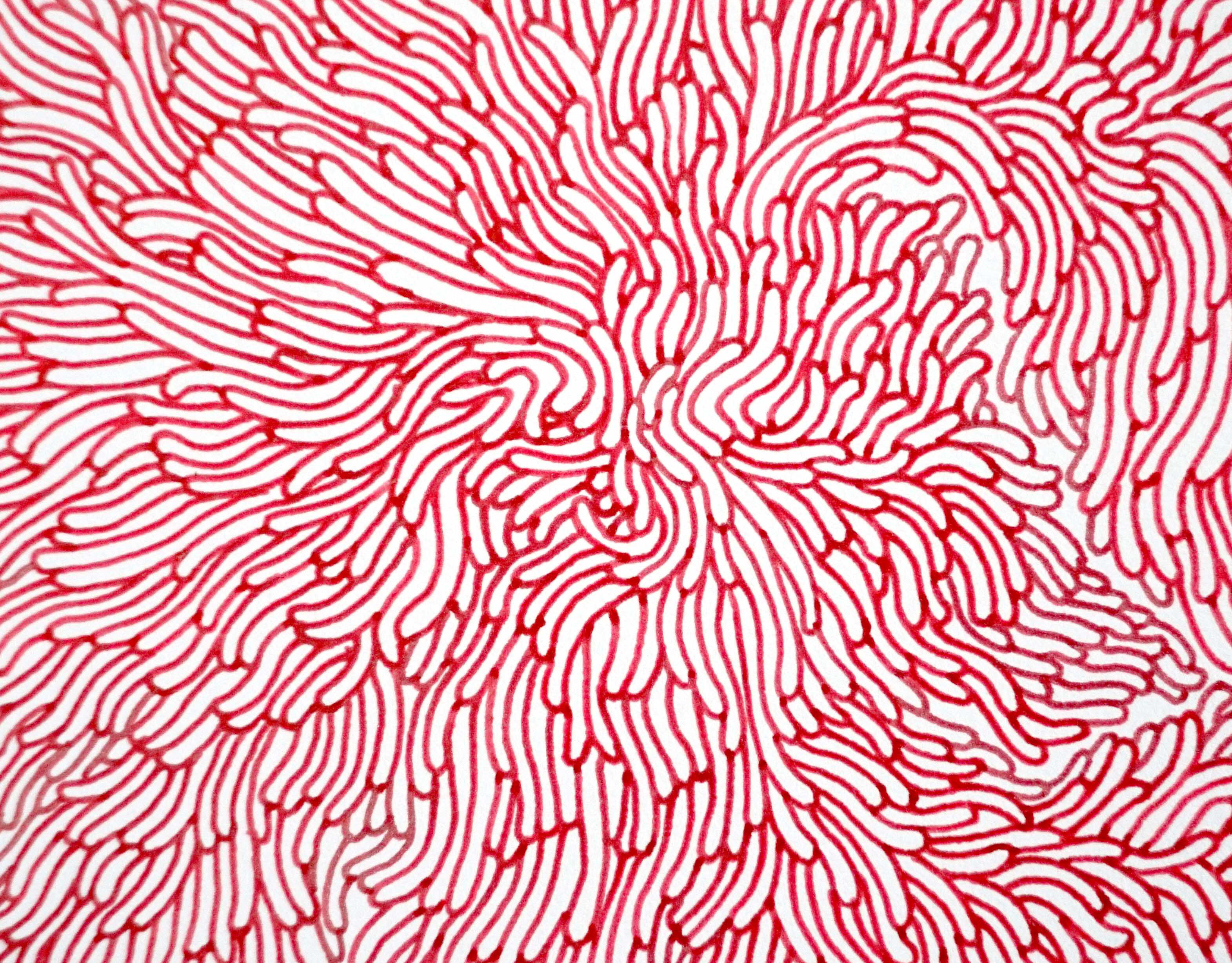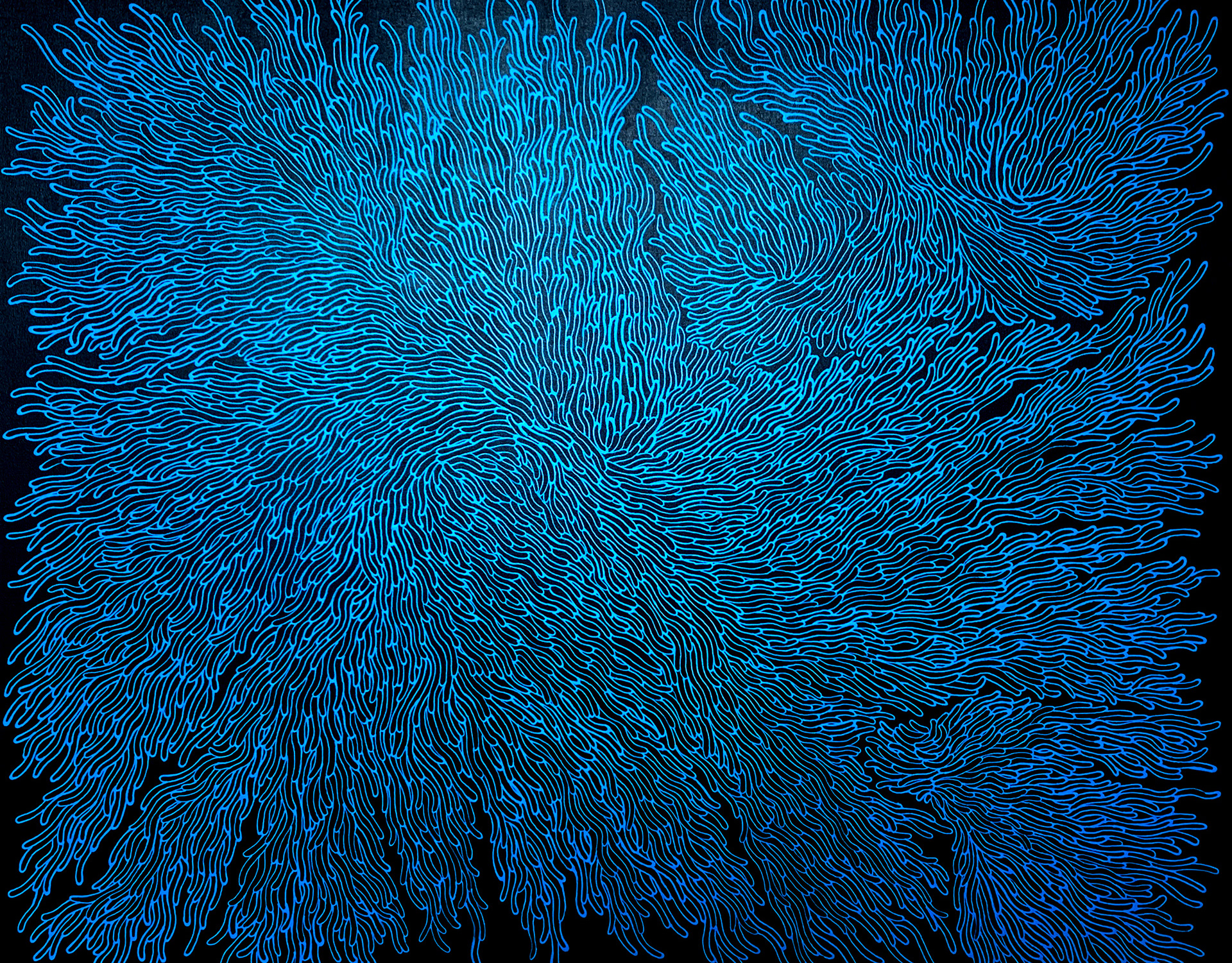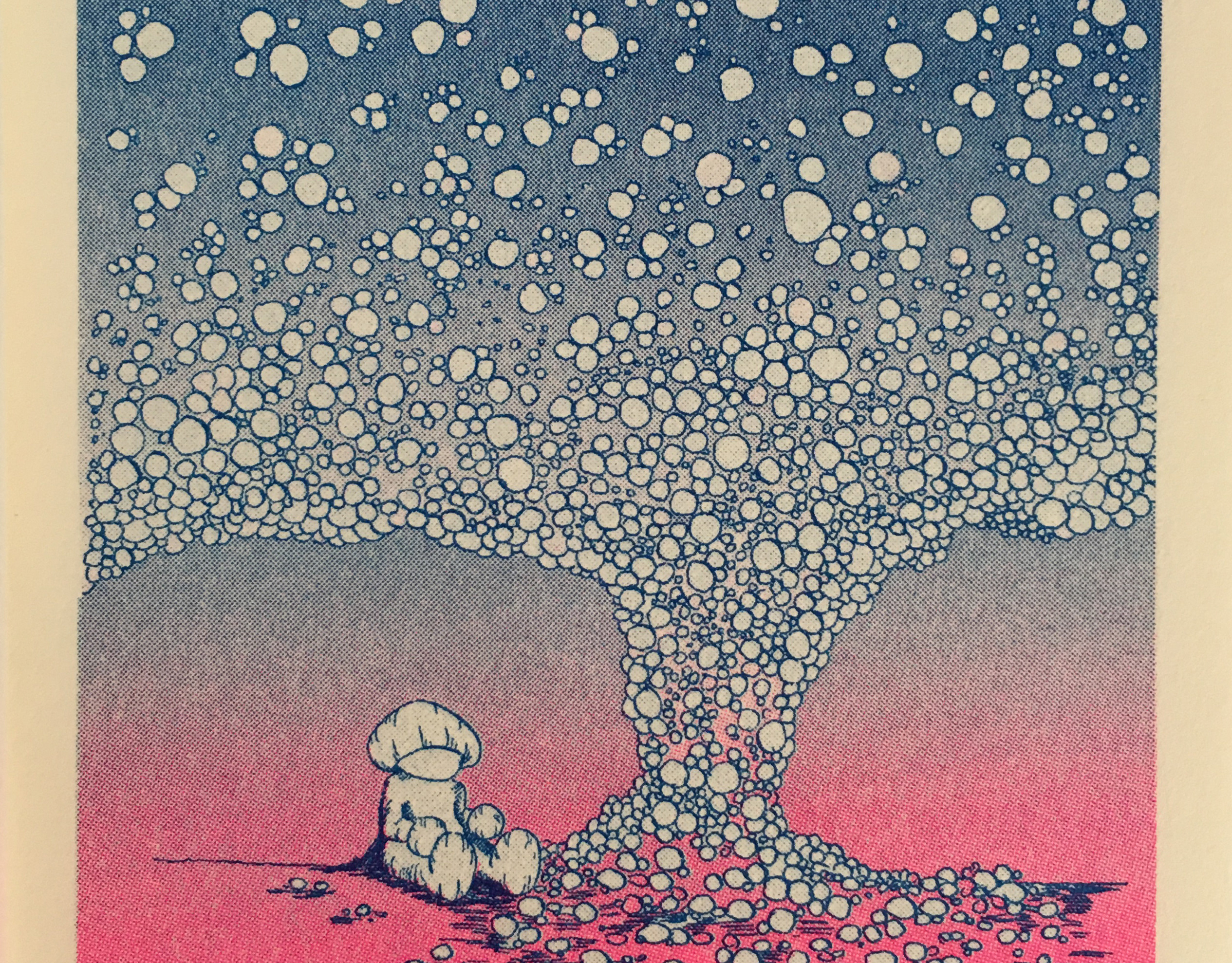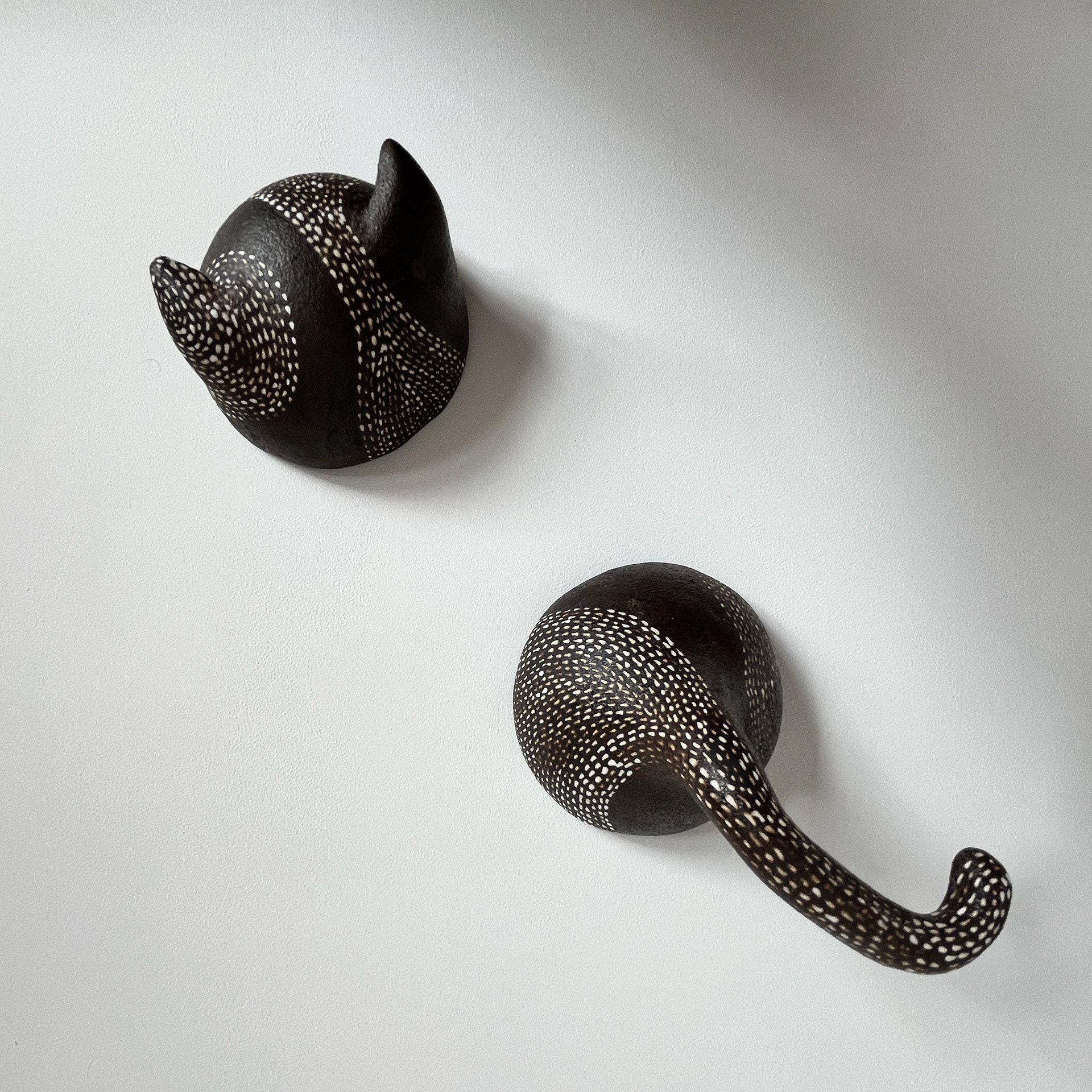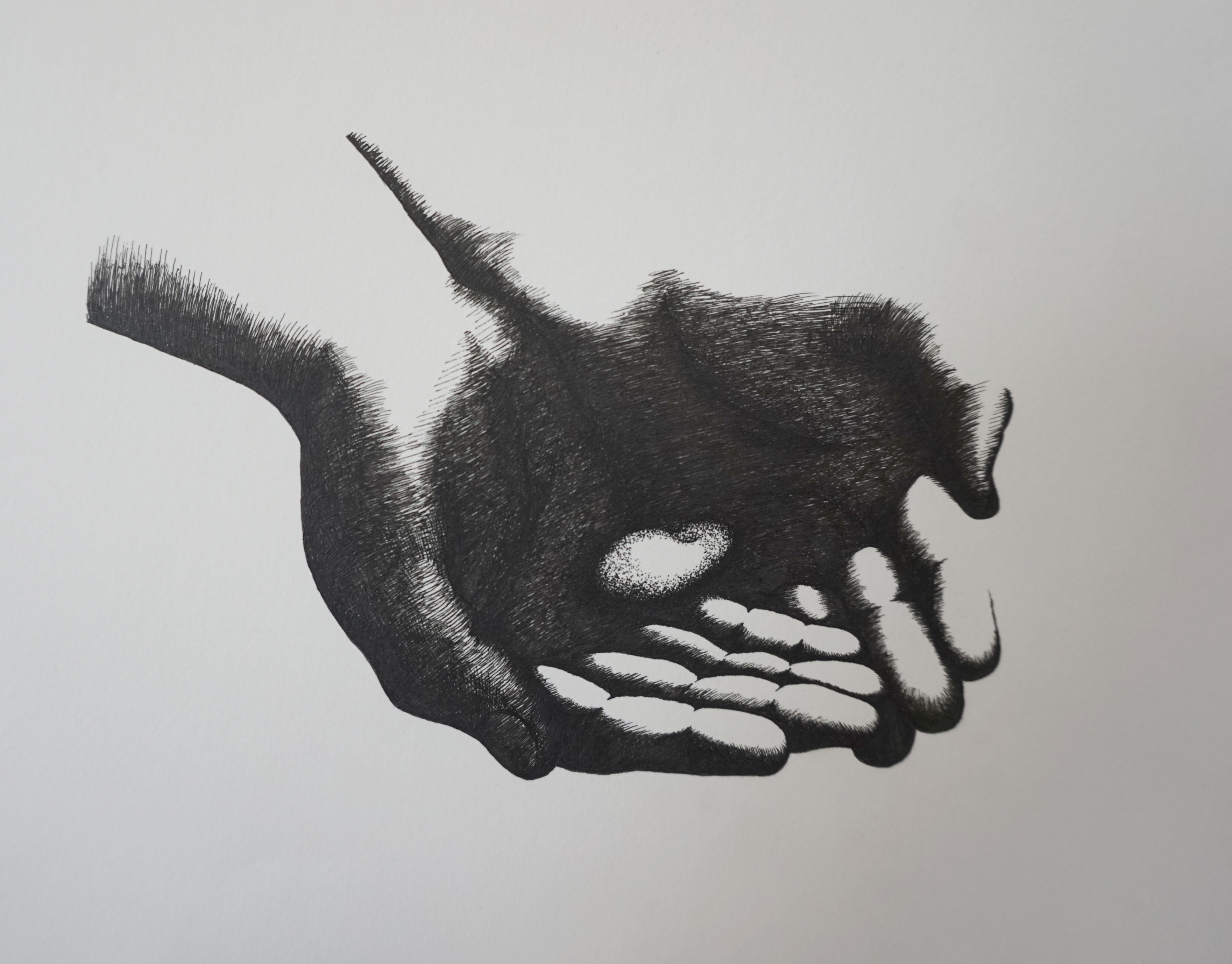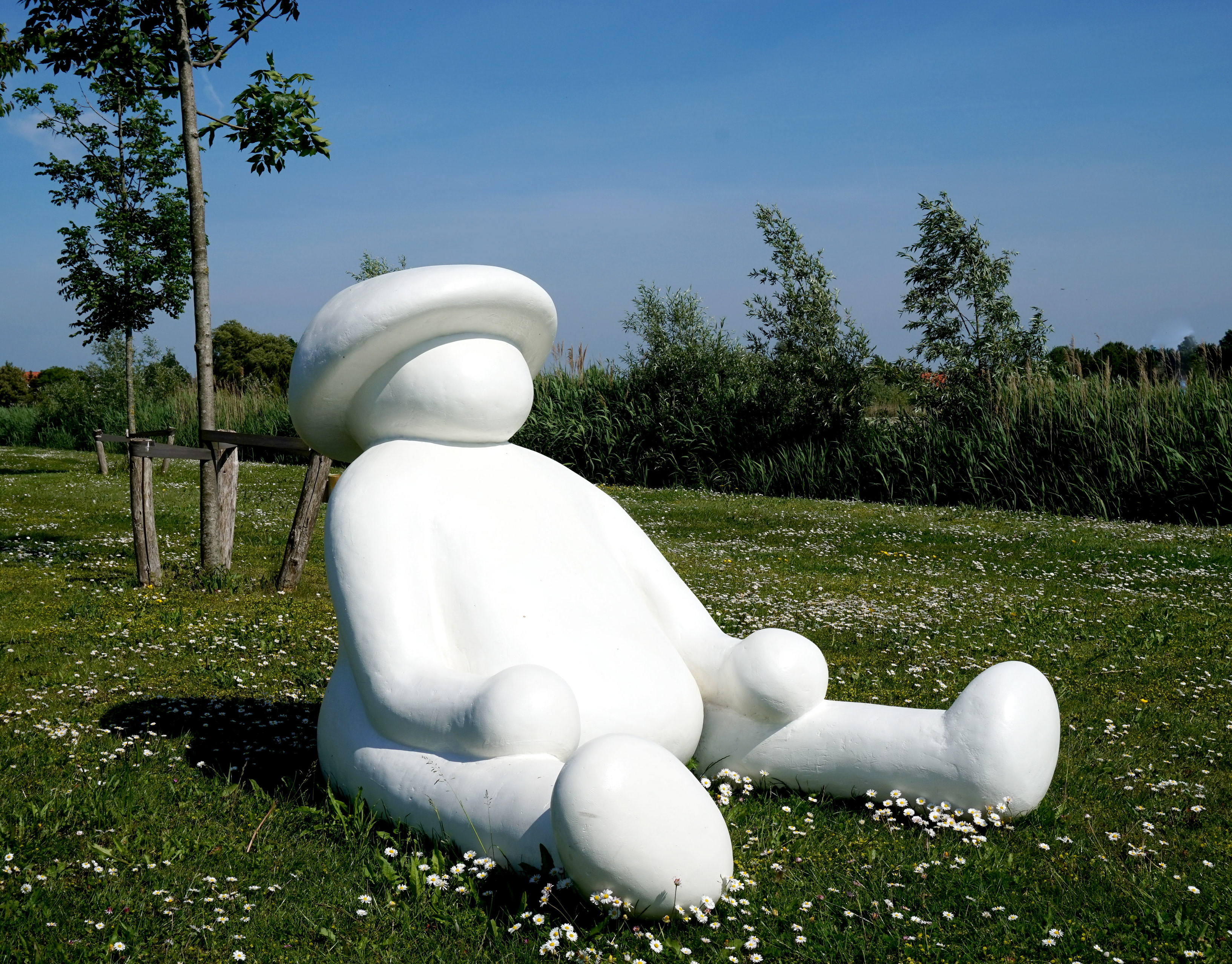The story draws on the anthropological concepts of liminality and displacement. Natural disasters, inequality, and numerous conflicts are producing more displaced than ever before. These individuals leave their homes and countries of origin in search of safety. When people move from one place to another, they do not always reach their destination immediately. Along the way, they face many challenges—social, political, and financial. Moreover, some experience a deeper loss, one that extends beyond the physical or social realm into the philosophical. What they share is a sense of loss, freedom, wandering, and solitude.
In anthropology, liminality refers to the blurring of boundaries or the state of disorientation that occurs during the transition between the pre-ritual and post-ritual stages of a rite of passage. Social anthropology also describes liminality as the state in which migrants temporarily exist before reaching their destination. In these transitory spaces, the boundaries of territory, legality, and sometimes even life and death become uncertain and fluid. Perhaps everyone seeks a place where they can feel safe; in the story, the cocoon symbolizes that fragile refuge. Yet in biology, a cocoon is also a site of metamorphosis—its transformation concealed from view. It too embodies an ambiguous boundary.
The cat in this story is inspired by Schrödinger’s cat. It appears because only cats can move freely between liminal states.

